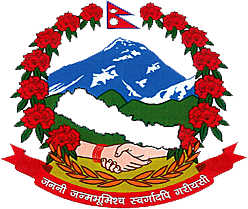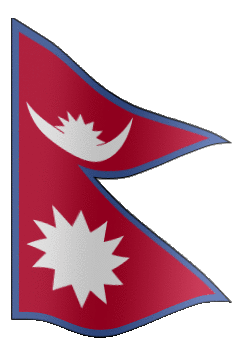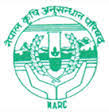FROM THE COORDINATOR’S DESK……………..
In Nepal, agriculture is the main source of food, income and employment for majority of people. It provides about 33% of the gross domestic product (GDP). Livestock contributes about 13% to national gross domestic production (GDP) and 28% to the agriculture GDP in Nepal. Cattle stand second after buffalo and contribute 40% of total milk produced in the country. Total annual milk production in the country is 2.1 million metric ton. Total population of cattle in Nepal is 7.2 million. Crossbred cattle include 12% and rest 88% is indigenous cattle population. Contribution of dairy sector is 8% in national GDP and it shares 63% of total livestock contribution. In Nepal per capita milk availability is 142.47 gm/head/day which is around half of the FAO recommendation i.e. 250 gm/head/day. Total annual milk and milk product import from other countries is of worth NRs 2.2 billion or $ 18.7 million (CASA, 2020). National and global demand of milk and milk products is increasing day by day. To meet growing demand of milk and milk products, research works for increasing production and productivity of cattle are undergoing continuously worldwide. No doubt that new technologies are helpful to fulfill the increasing demand.
National Cattle Research Program (NCRP) has been mandated for research on the various aspects of cattle. NCRP aims for increasing production and productivity of cattle by conducting systematic research, based on problem of farmers and thereby developing novel technologies to meet the demand of cattle farmers. Focus has been given to generate cost effective, client oriented and environmental friendly sustainable technologies. The program is continuously conducting the basic and applied researches on various dimensions of cattle housing and management, breeding and genetics, feeds and feeding, pasture and fodder production, animal health care and milk products as well.
Additionally, the program has provided technical support to farmers and other officials in different dimensions of cattle rearing and management. In the course of technology generation, program has achieved some outputs that can be extended in the field to promote the dairy industries in Nepal, for example, interventions of Urea Molasses Mineral Block (UMMB) and strategic drenching and vaccination technology in the small holder dairy farms at outreach research sites was found to be helpful in production performances. Similarly outcomes like teat dipping technology for mastitis control, low cost feeding technology, suitable breed of cattle and its blood level for different eco-zones of country are useful for farmers. Adoption of the genetic materials of top bulls (semen of Jersey and Holstein bulls) at the farm of NCRP was helpful to produce the high quality female calves for the replacement in the NCRP farm and male calves for the distribution among the dairy farmers of the country. Sell and distribution of fresh and pure milk and milk products from dairy unit of NCRP to local people around office area has been done regularly.
Program is coordinating with different universities in student internship and research programs.The co-operation from line agencies like National Livestock Breeding Offices, Veterinary Hospital and Livestock Expert Centers, Municipalities was found to have significant role in conducting the research programs. Our efforts would be concentrated for benefits and livelihood improvement of Nepalese cattle farmers through developing farmer friendly technologies in cattle farming.
Mr. Devi Prasad Adhikari
Senior Scientist (S3) / Coordinator
NCRP, Rampur, Chitwan


